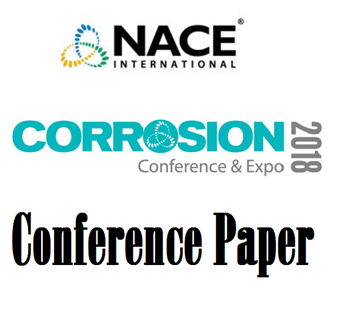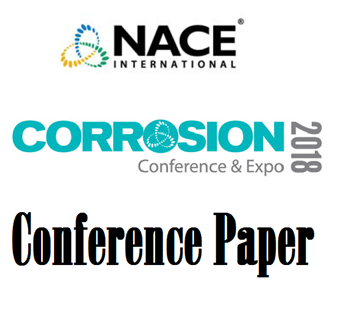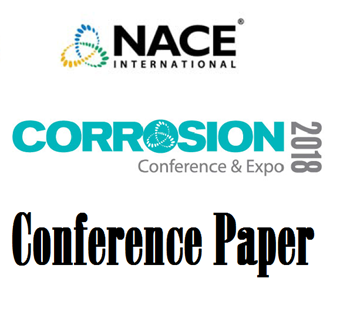Search
51318-10688-Evaluation of Corrosion and EAC Susceptibilities of Materials Used for Wireline/Slickline Downhole Environment in HPHT Sour Environment
Also Purchased
51318-10700-Environmentally Assisted Cracking of High Strength Nickel Based Alloys Under Cathodic Protection
Product Number:
51318-10700-SG
Publication Date:
2018
$20.00
51318-10798-Development of a Practical Model for H2S Corrosion Prediction for Upstream Oil and Gas Applications
Product Number:
51318-10798-SG
Publication Date:
2018
$20.00
51318-10689-PIPELINE STRAY DIRECT CURRENT (DC) INTERFERENCE
Product Number:
51318-10689-SG
Publication Date:
2018
$20.00




